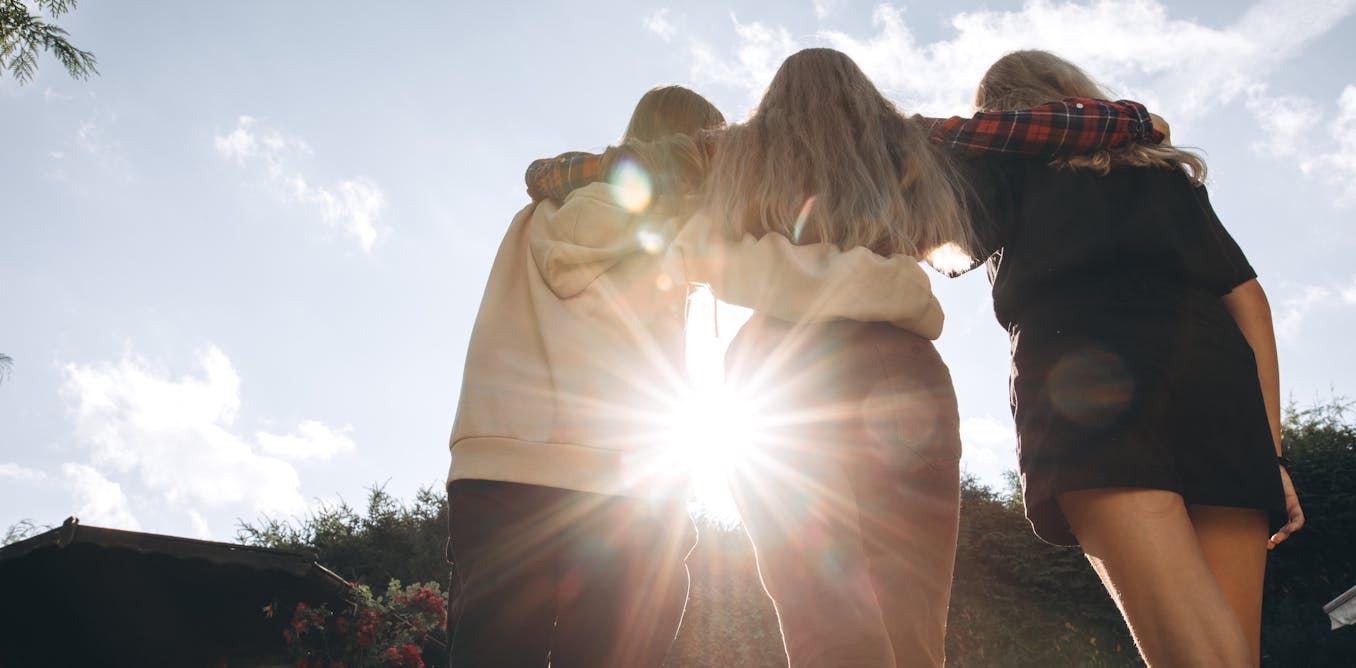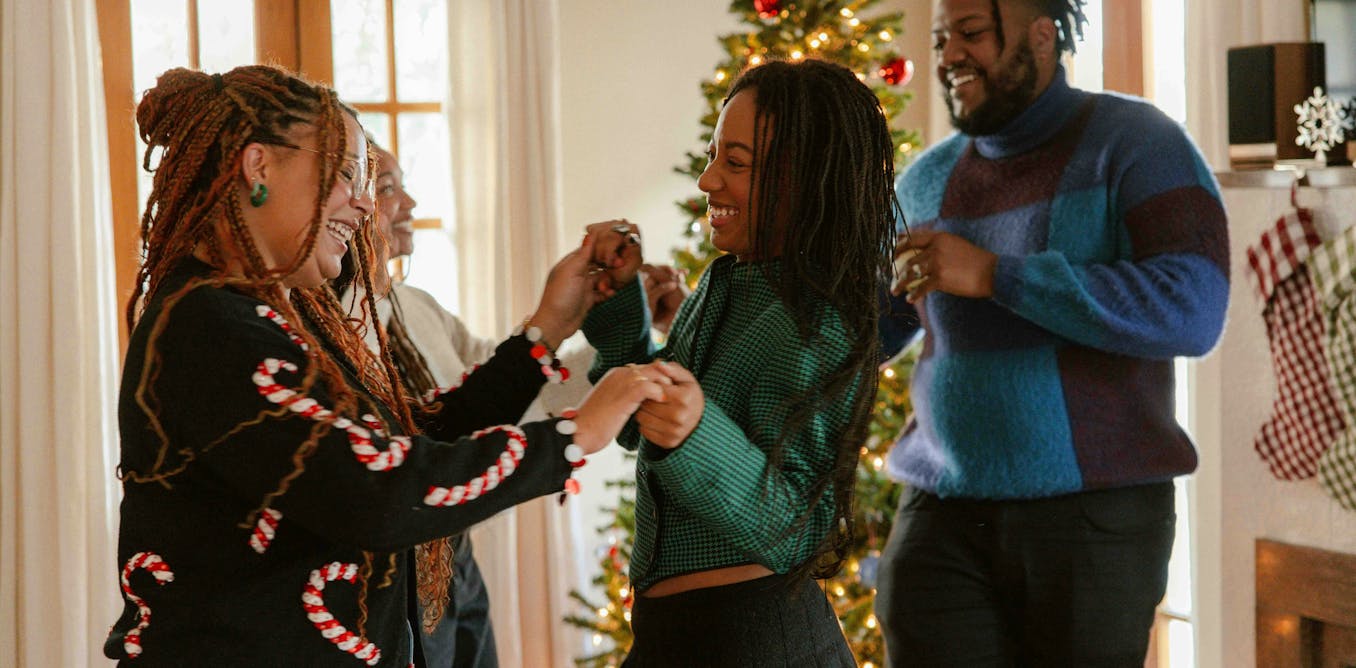Ron Chapman thought making a documentary about the 1969 Toronto Rock and Roll Revival concert in 1969 would be “a no-brainer.”
It certainly had the provocative goods to make for a great movie, from a stellar lineup of rock legends to John Lennon’s first full-blown concert appearance outside of The Beatles to Alice Cooper‘s infamous chicken-killing incident. And there was footage of it all, shot by no less than the legendary D.A. Pennebaker, then of Monterey Pop and Bob Dylan’s Don’t Look Back fame. It seemed like a slam dunk.
But “it was much harder than I thought it would be,” Toronto-based Chapman tells Billboard. Financing took a good six years, during which Pennebaker as well as performers such as Chuck Berry, Little Richard and Jerry Lee Lewis passed away. “This festival had been passed over by time and history,” explains Chapman (Who the F**k is Arthur Fogel?, The Poet of Havana, The Forbidden Shore). “One, because it happened in Canada and nobody paid much attention to Canada. Secondly, because Woodstock had just happened and everybody was festivaled out. It got bookended between that and Altamont and was somewhat forgotten.”
The Revival has been revived, however.
Chapman’s Revival69: The Concert That Rocked the World — which was shown at this year’s South By Southwest Film Festival and won the audience award for best international feature at the Florida Film Festival — comes out Friday (June 28) via Apple TV, on DVD and in theaters. That night, music critic Robert Christgau — who covered the concert and appears in the film — will moderate a Q&A with Chapman at New Plaza Cinema in New York City.
It will, Chapman and others associated with the project hope, give the festival the prominent place in rock n’ roll history they feel it’s been denied. “You were always playing this festival or that festival back then…but this one had John Lennon. That’s kind of a big deal, right?” says Cooper, whose band performed on its own — between Lennon and the Doors, in fact — and also backed up Gene Vincent. “If that doesn’t make it historic, what does?”
“If it had happened in Buffalo, it would’ve been a movie in the ‘70s,” adds John Brower, who co-promoted the Sept. 13, 1969, event with partner Ken Walker. “Up here in Canada things take a long time to get figured out or acknowledged. No U.S. media was here (except Christgau). And it was such a desperate struggle to put it on. How could we imagine it being historical at the time? But it’s very powerful for me to remember Jim (Morrison) and John (Lennon).”
The Toronto festival’s story was as epic and epochal as any of the others that dotted the rock landscape at the time. Brower and Walker originally planned to celebrate rock n’ roll OGs like Berry, Little Richard, Lewis, Vincent, Bo Diddley and others. They were also partly financed by a local motorcycle club, the Vagabonds, and alarm bells sounded when ticket sales were slow. The Doors, in need of shows after Morrison’s arrest in Miami six and a half months prior, were added to the bill but didn’t provide the expected boost. Brower and Walker planned to cancel, but when they told Kim Fowley and Rodney Bingenheimer, who’d been flown in from Los Angeles to emcee, the former had a different idea.
“(Fowley) went into hyper overdrive bordering on rage that we would even considering canceling the show,” Brower recalls. “His brilliance was to realize John Lennon lived and breathed Chuck Berry and Little Richard and the Beatles had opened for Gene Vincent at the Star Club (in Hamburg, Germany). He just said, ‘You need to call John Lennon and tell him you’ve got all these bands.’ He was smart enough to say, ‘Don’t tell him about Chicago, the Doors, Alice Cooper. Tell him about the old rock n’ rollers.’”
So on the Tuesday before the concert, Brower put in a call to Apple Corps in London and managed to not only get a hold of Lennon but convince him to come. Lennon put together an ad hoc Plastic Ono Band last minute, with his wife Yoko Ono, Eric Clapton on guitar, future Yes drummer Alan White and longtime friend Klaus Voormann on bass. They rehearsed on the plane ride over and later in the dressing room before going on stage for a performance preserved on the album Live Peace in Toronto 1969, released three months later.
“It was a joke,” Voorman remembers. “How dare somebody like John Lennon get out there with a band that had never played together, didn’t know the songs, didn’t know what microphone or what amplifier or drum kit would be there. That was real, how can I say…scary in a way for John to do this. It was fun to play, yes, but we played the wrong notes and played the wrong things. It was…crazy.”
The Lennon booking did succeed in selling out the concert’s 20,000 tickets. Brower calls it “the Hail Mary pass we threw because nothing else would win the game.” He ultimately let in another 1,500 fans who were pushing at the gates as the show went on.
Revival69 documents the myriad machinations that went into the concert, even beyond luring Lennon and company — and including the Cooper chicken incident, when he hurled a live chicken his manager Shep Gordon had let loose on stage into the crowd, which promptly tore it to pieces. “I’m from the Midwest; I didn’t know chickens don’t fly,” says Cooper, whose unwitting stunt ironically made more international news than Lennon’s performance.
“John and Yoko loved what we were doing,” recalls Cooper, who didn’t become friendly with Lennon until some years later in Los Angeles. “We were doing street art with the pillows and the CO2 and the chicken and the whole thing. Yoko and John Loved all that. It was primitive, sort of guerilla theater that we were doing, and that’s what they liked about it so much.”
Chapman “wanted to take the viewer back and feel like they were there at the festival. So much of this was the essence of rock n’ roll and everything that was so great and so wonderful about it. I think a lot of that has been lost — and that’s okay, because progress is progress. But the music industry and the culture in that moment in time was so special and so different in so many ways.”
Revival69 includes interviews with Brower, Cooper, Gordon (who helped the organizers put things together), Voormann, Doors guitarist Robbie Krieger and other participants, as well as members of Pennenbaker’s film crew and even Rush’s Geddy Lee, a friend and tennis partner of Chapman’s who attended the festival. Ono and Clapton were on Chapman’s wish list but were unavailable.
The linchpin for the film, of course, is Pennebaker’s footage, which surfaced briefly in 1971 as Sweet Toronto and has been used for subsequent video releases of the Berry, Lewis and Little Richard performances. “He barely got the financing to do it,” Chapman says, “but his instincts to go and shoot the festival and that it would be worth documenting were good.” That Pennebaker was not able to release a successful film, according to Chapman, “was his greatest disappointment. After Don’t Look Back and Monterey Pop he was riding a wave. He really thought this film was going to be his greatest success; it was, in fact, his greatest failure. D.A. spoke very rarely about this film. I really was looking forward to interviewing him. I was really looking forward to being able to stand with D.A. when we launched it.”
Filmmaker Chris Hegedus, Pennebaker’s widow, says he “loved the film” footage that he shot. “The performers were legends, and they gave amazing performances in it, so that aspect of having it as history is really precious.” She and their son, Frazer Pennebaker, worked with Chapman in reviewing the footage, using an old Steenbeck editing table. In the boxes of the film reels they also found some of the Super 8 cameras that Pennebaker had given to crew members and performers to shoot whatever they wished.
“That was a huge find,” Chapman says. “I was so excited. Here was great backstage footage that had never been seen, and all kinds of audio I was able to use. It was fantastic.”
Hegedus considers Revival69 to be “Ron’s version of what happened, which is a fantastic concert story.” But she makes clear that it’s different than what Pennebaker would likely have done if he’d had the opportunity. “Really what Penny was trying to do was memorialize the performances of this particular time in history and what happened there,” she explains. “You can see this festival fell between Woodstock and Altamont in a certain way. it starts out as this kind of, ‘Let’s have a good time rock n’ roll,’ and ends with this (Lennon) performance that’s really about revolution and what’s happening in the world. I don’t think those concertgoers were really ready for that kind of end statement that happened because of John and Yoko’s political beliefs,” Hegedus notes. “(Chapman) started wanting to make the film when Penny was alive, so he would have had a lot to contribute about that aspect of the film, and his point of view. Sadly he died (in 2019) before Ron got the money, so it proceeded as it is — a riveting film and a real tribute to somebody like Penny who really had documented so many cultural and political moments that were incredibly important.”
“I think (Lennon) would’ve loved this movie,” Brower says. “I think (Morrison) would’ve loved this movie, even though he chose not to be on film. In the movie you see people having the greatest time — not of their lives, maybe, but a great time. They’re screaming, they’re laughing, having a fabulous time watching all the rock n’ rollers. Bo Diddley said, ‘I’ve never heard an audience scream or cheer for me like that, ever.’ It almost brought me to tears.”


The post “‘Revival69’ Documentary Shines New Light on Forgotten 1969 Toronto Rock Revival Festival” by Joe Lynch was published on 06/28/2024 by www.billboard.com





































